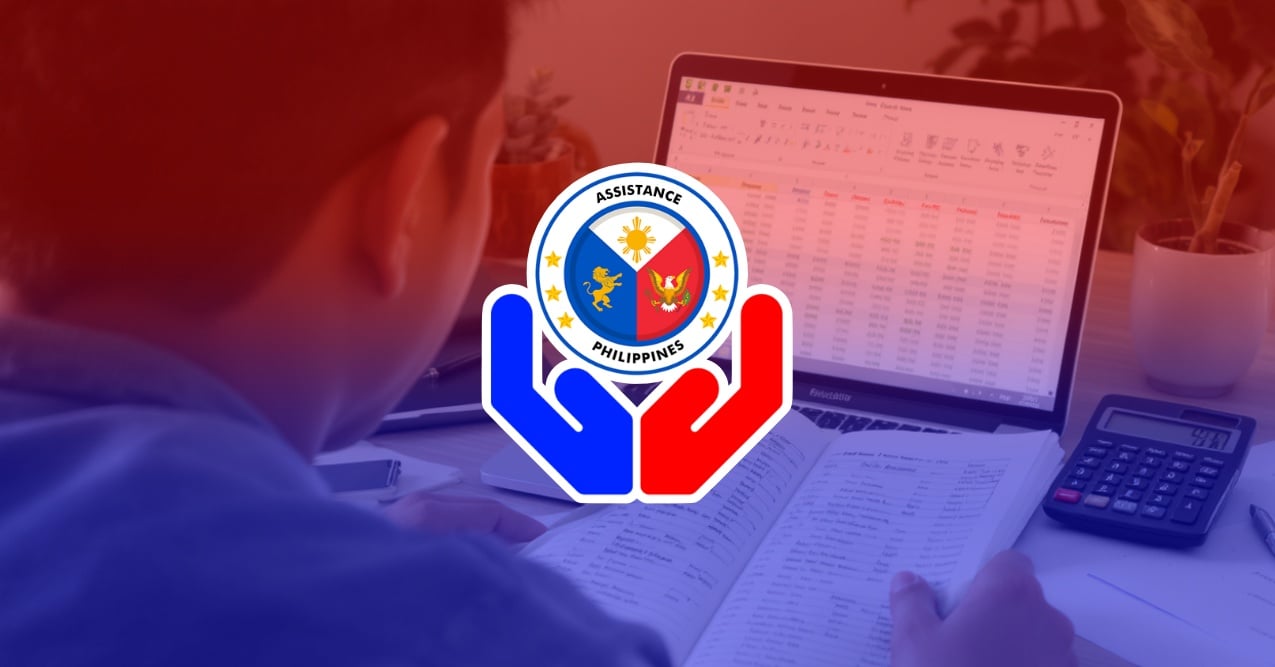You know what’s one thing that always goes up when everything’s almost crashing down—taxes. Sorry for the dry joke but tell us it’s not true.
And with that said, it’s time to brace for the latest updates under the TRAIN Law—officially known as Republic Act No. 10963, or the Tax Reform for Acceleration and Inclusion.
Starting January 1, 2025, new tax brackets, updated exemptions, and streamlined rules will apply. The goal? To ease the burden on low- and middle-income Filipinos while ensuring the tax system stays fair and progressive.
Let’s break it down.

What’s New Under the TRAIN Law in 2025?
The Tax Reform for Acceleration and Inclusion (TRAIN) Law, enacted in 2018, aimed to create a simpler, fairer, and more efficient tax system in the Philippines. As part of its phased implementation, the final round of personal income tax reductions takes effect on January 1, 2025.
This update introduces:
- Lower tax rates for most income brackets
- Wider tax exemptions for compensation earners and small businesses
- Simplified filing and payment options, especially for self-employed individuals
- Clearer enforcement mechanisms for timely compliance
In a nutshell—the 2025 changes are designed to:
- increase take-home pay,
- promote voluntary compliance, and
- empower small entrepreneurs with fairer tax options—while continuing to support the government’s infrastructure and social programs.
New Income Tax Brackets (Effective January 1, 2025)
Here’s what the 2025 individual income tax table looks like:
| Annual Taxable Income (PHP) | Tax Due |
| Up to 250,000 | Exempt |
| 250,001 – 400,000 | 15% of the excess over ₱250,000 |
| 400,001 – 800,000 | ₱22,500 + 20% of the excess over ₱400,000 |
| 800,001 – 2,000,000 | ₱102,500 + 25% of the excess over ₱800,000 |
| 2,000,001 – 8,000,000 | ₱402,500 + 30% of the excess over ₱2,000,000 |
| Over 8,000,000 | ₱2,202,500 + 35% of the excess over ₱8,000,000 |
What This Means:
Most employees and self-employed individuals will enjoy lower income taxes and higher take-home pay. The simpler six-bracket system also makes manual tax computation easier.
Key Exemptions and Deductibles
These are what you won’t be taxed on in 2025:
- ₱250,000 personal income – still tax-free
- ₱90,000 worth of 13th-month pay and other benefits – excluded from tax
- SSS, GSIS, PhilHealth, Pag-IBIG, union dues – all fully deductible
For Freelancers and Small Business Owners:
- You may choose an 8% flat tax on gross sales (above ₱250,000)
- You must earn less than ₱3 million annually to qualify
Filing Deadlines You Shouldn’t Miss
Missing tax deadlines = instant headache. Here are the cutoffs you need to remember:
- Annual ITR (Forms 1700/1701/1702): April 15
- Quarterly ITR (Form 1701Q/1702Q): 60 days after quarter-end →
April 15, August 15, November 15 - Monthly Withholding Taxes (e.g., Form 1601-C): 10th day of the next month
- eFPS/eBIR Filing: Register early to avoid system crashes and cut-off issues
Penalties for Late Filing and Payment
Here’s what happens if you’re late or forget to pay:
- 25% Surcharge – slapped on top of the unpaid tax
- 2% Interest per month, up to 50% max penalty
- 20% Annual Interest, computed daily
- Compromise Penalty – applicable if the taxpayer qualifies and the BIR allows it
💡Pro tip: The longer you wait, the faster it adds up. Don’t let small mistakes cost you big.
Filing Tips and Best Practices
Tax season doesn’t have to be overwhelming. Follow these best practices:
- Use eFPS or eBIRForms – Get real-time validation and filing receipts
- Check your RDO code – It affects return routing and validation
- Submit supporting docs:
- Alphalists
- BIR Form 2316 (Cert. of Tax Withheld)
- Financial statements, if required
- Keep copies – Maintain 5 years’ worth of receipts and documents (digital and hard copies)
- Hire a tax pro – Especially if you have mixed income, foreign earnings, or own property
Frequently Asked Questions (FAQs)
Q1: Do minimum wage earners still need to file taxes?
No. As long as your annual income is ₱250,000 or below, you’re tax-exempt and not required to file an ITR.
Q2: Can I choose the 8% flat tax if I’m a freelancer?
Yes, if your gross income is below ₱3 million and you’re not VAT-registered. This option replaces percentage tax and income tax.
Q3: Can I file taxes using a mobile phone?
Yes. You can access eBIRForms via mobile browsers. Just ensure your device supports PDFs and has a stable internet connection.
Q4: What happens if I miss the April 15 deadline?
You’ll face a 25% surcharge, monthly interest, and possibly a compromise penalty depending on your case.
Q5: How do I check my RDO code?
Visit the BIR website or call your nearest BIR office. Your RDO depends on your residential or business address.
Video: Flat 8% Tax: A Shortcut for Non-VAT Filers
Self-employed individuals who don’t charge VAT can simplify their taxes through a flat 8% income rate.
They skip the usual percentage tax and graduated brackets—but only if their annual gross stays below ₱3 million.
This option isn’t automatic; they must choose it clearly during their first tax filing or annual renewal.
It’s a cleaner route for those starting out, but timing and eligibility still matter.
A quick decision early in the year saves a longer paper trail later.
Final Thoughts
The TRAIN Law’s 2025 tax updates offer lower rates and bigger exemptions, especially for low- and middle-income earners. But the benefits only matter if you file correctly and on time.
Whether you’re a full-time employee, freelancer, or business owner, staying informed about your tax obligations isn’t just a legal duty—it’s part of becoming financially responsible and future-ready.
Mark your calendars. Stay compliant. And maybe, just maybe—tax season won’t feel so taxing this time around.
